There is beauty in fissures and flaws, in the raw and slightly undone. In Japanese culture beauty of this type is so distinctive as to have a name: wabi sabi, more directly translated as the philosophy of finding beauty in imperfection.
Don’t hasten to equate wabi sabi to the home on a lazy, unkempt day, however. Like most things of beauty, there’s an art to achieving a natural, poignantly weathered and lived-in look, and it comes with intentionality. Here, Kate Babington, managing director of TREE shares with us five ways to bring a touch of wabi sabi into our dwellings.
1. Embrace not just the resulting look, but also the natural processes and forms behind raw materials
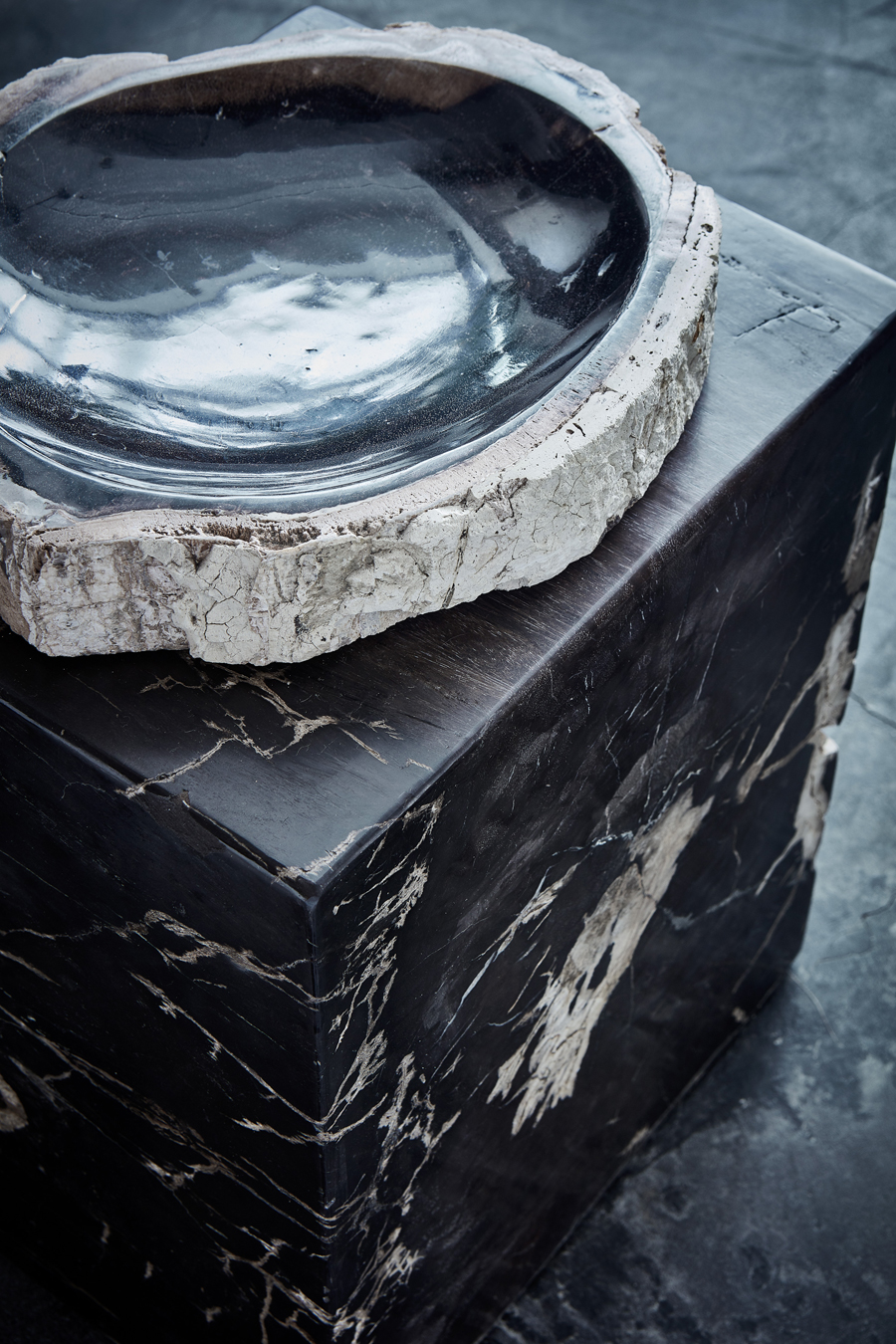
The natural process required for wood to turn into stone while preserving its marbling and structure is an embodiment of wabi sabi. With decay for beauty, petrified wood works well on a table spread, as a base for dishes or even as a surface container for the bedside table.
2. Seek out artisanal craftsmanship and its unique variations
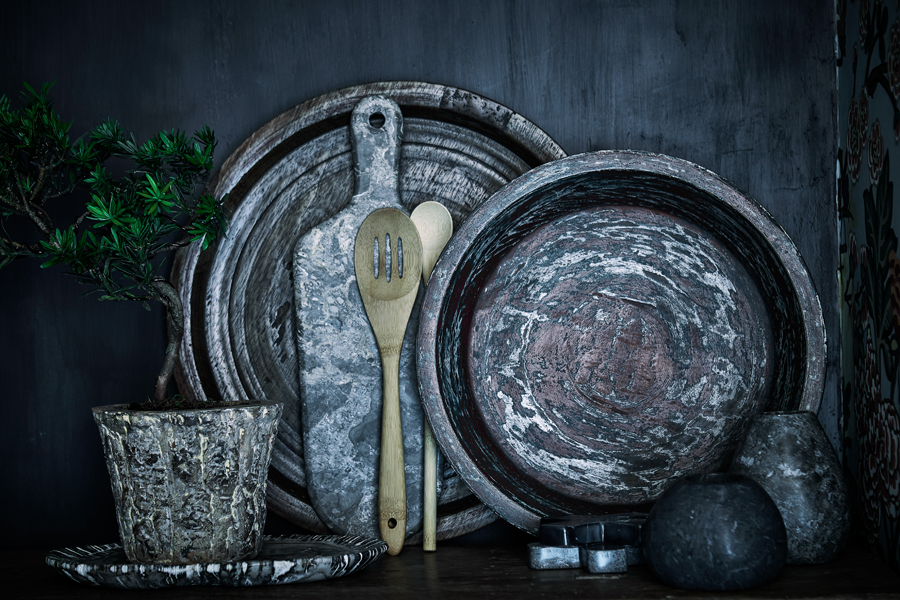
Another illustration of wabi sabi can be found in pottery, with each piece bearing the nuanced marks of its maker – as in TREE’s terracotta vessels, for instance, handcrafted by artisans in the Philippines. For these vases, consider single stem roses or branches instead of a bouquet for a completely pared-back look.
See more: 5 ways to turn your home into a wooden oasis from TREE’s show flat at The Bloomsway
3. Apply touchups to antiques
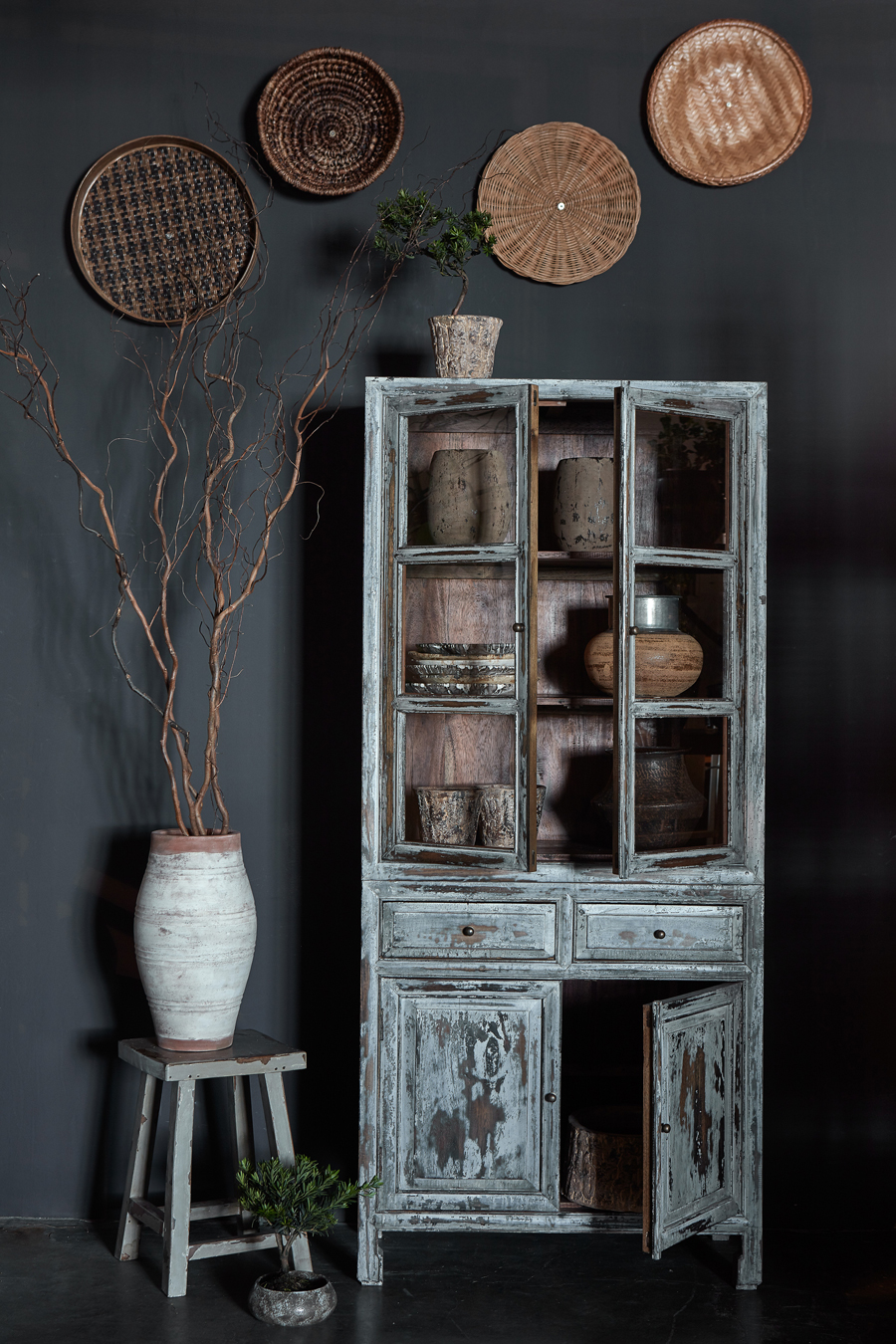
Vintage wooden cabinets, in the distressed state they are found, can be a thing of beauty with a little touching up. Opt for finishing touches in muted, earthy hues that let the vintage pieces bring an element of nature to the space, while its natural surfaces imbue the room with warmth and character.
4. Opt for alternative pieces that look great in weathered material
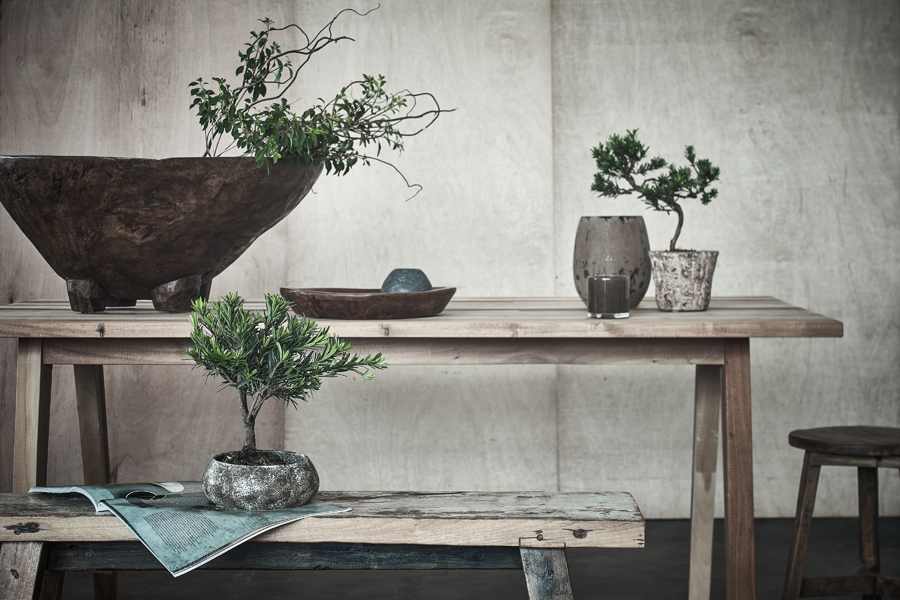
Salvaged boatwood, with their dents, bolts and chipped paint surfaces carry a nice weathered look to anchor a room’s sense of wabi sabi. Feature this material by way of a reclaimed bench instead of a coffee table, perhaps, or situate it by the entrance or corridor for a thoughtful, convenient touch.
5. Incorporate key furnishings in reclaimed wood for a full wabi sabi vibe
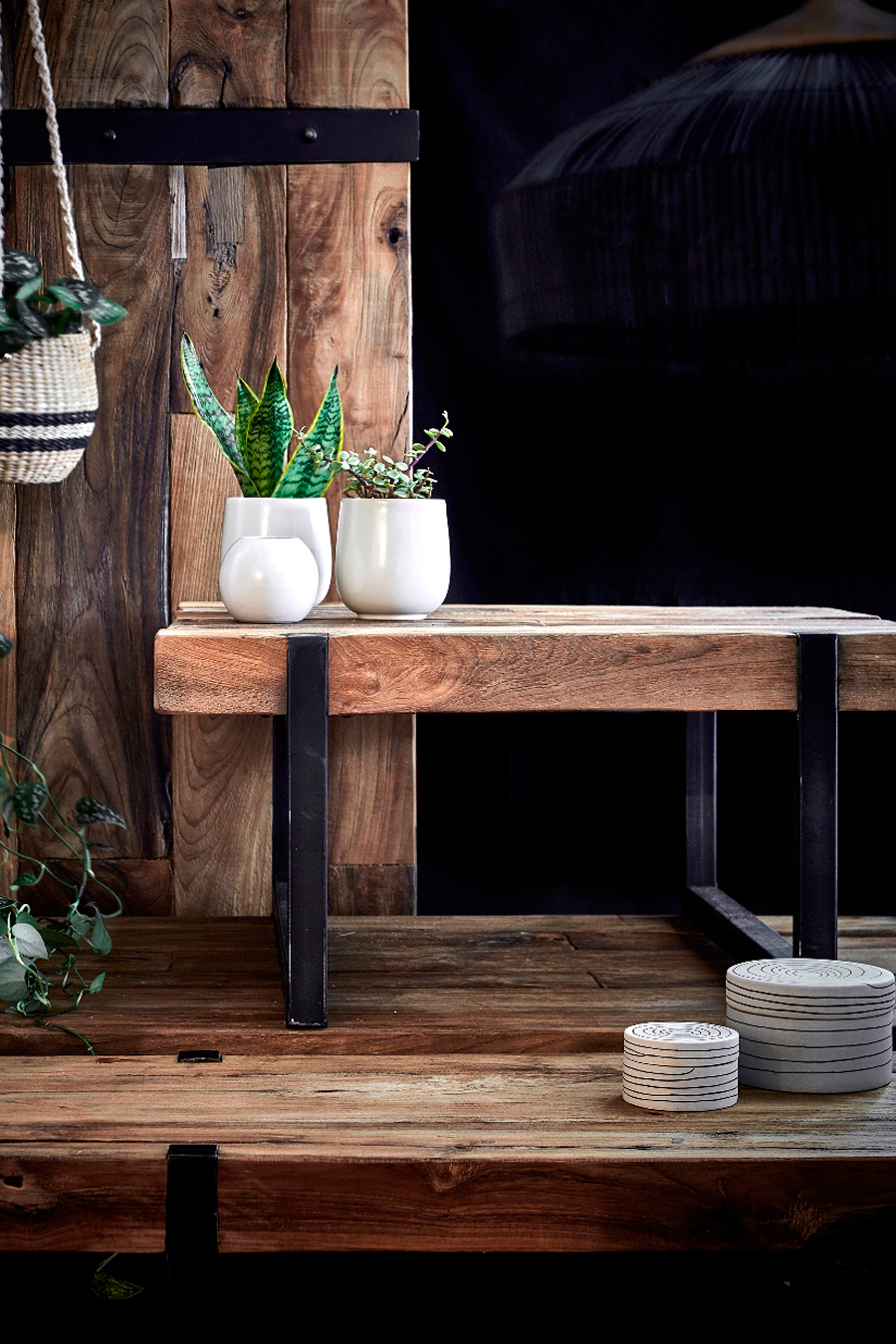
Reclaimed teak wood, with natural markings from harsh weather conditions and a rustic patina fully embodies wabi sabi charm – especially as key furnishings. Furniture that sits close to the ground also lends a warm and inviting vibe to the room, while enlarging the feel of the space.
For more home-making inspiration, check out our Interiors section.
The post 5 ways to add a touch of wabi sabi to your home appeared first on Home Journal.






